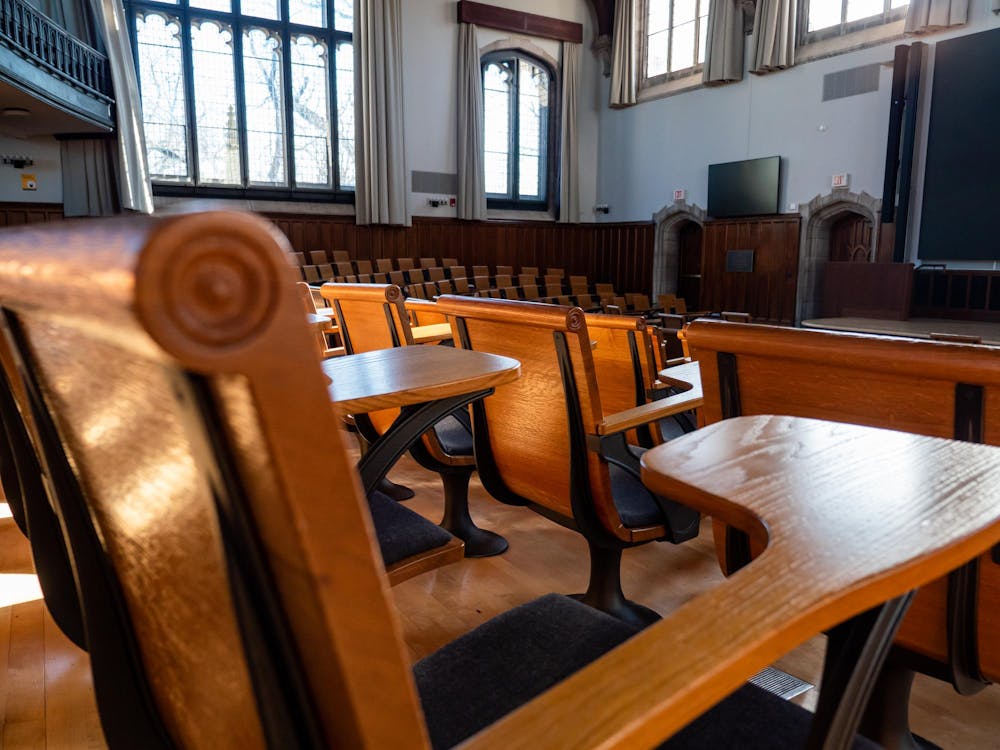Several universities that submitted campus crime statistics for posting on a Department of Education Webpage have filed complaints, alleging that the data displayed is incorrect, the Chronicle of Higher Education reported this week.
Since 1991, all American colleges and universities have been required by federal law to publicly disclose campus crime statistics. Beginning this year, those statistics were displayed on an education department Website.
The affected universities attribute the errors to overly complex and confusing requirements on how to report their crime information to federal authorities.
As a result, some institutions were unable to format their crime data to appear correctly on the Education Website.
For Princeton, there are at least two discrepancies between the numbers posted on the University Public Safety Website and those that appear on the department's site. Those inconsistencies are in the data relating to crimes in dormitory areas.
For example, the Public Safety Website reports that, of the five auto theft incidents that occurred in 1998, two occurred in areas not near dormitories. The other three occurred near dormitory areas.
But the Department of Education's Website lists only two motor vehicle thefts near a dormitory area under the 1998 statistics.
Also, while the Website lists two aggravated assaults in a dorm area in 1998, the University Public Safety Website reports "both 1998 incidents occurred outside of dormitories."
Public Safety officials yesterday declined to comment on the discrepancies between the two Websites.
According to Jane Glickman, spokesperson for the department, education officials are willing to work with any colleges or universities having difficulties with the format of the Website. She noted that the site is only in its first year of existence and, as a result, certain problems are still being addressed.
She also noted, however, that the Website's main objective is to provide clear and accurate data for the public.
"The main thing is to get the information to the public," Glickman said.

The University of California at Berkeley was one of the universities severely affected by the formatting problems. The department posted incorrect numbers for several statistical categories including liquor law violations and on-campus arrests, according to Berkeley officials.
Capt. Bill Cooper of Berkeley's campus police force said the on-campus crime numbers posted on the Education Website are artificially high because they include some incidents that took place on public properties off campus.
"Our university police enforcement enforces both on campus and some public properties," Cooper said.
Officials at Yale and Harvard universities said they were not aware of any errors in their posted crime statistics.
"As far as we know, the numbers we [submitted] were displayed correctly," said Joyce Perrelli, an administrator in the Yale University Police Department.
Harvard police spokeswoman Peggy McNamara said she triple checked Harvard's data before submitting it to Department of Education officials. "I'm pretty comfortable with the numbers we submitted," she said.







